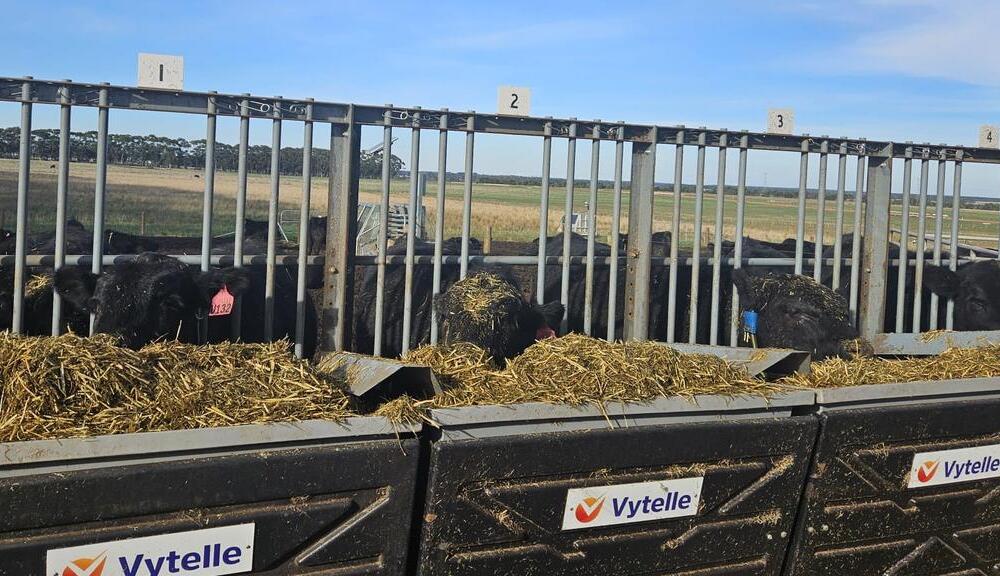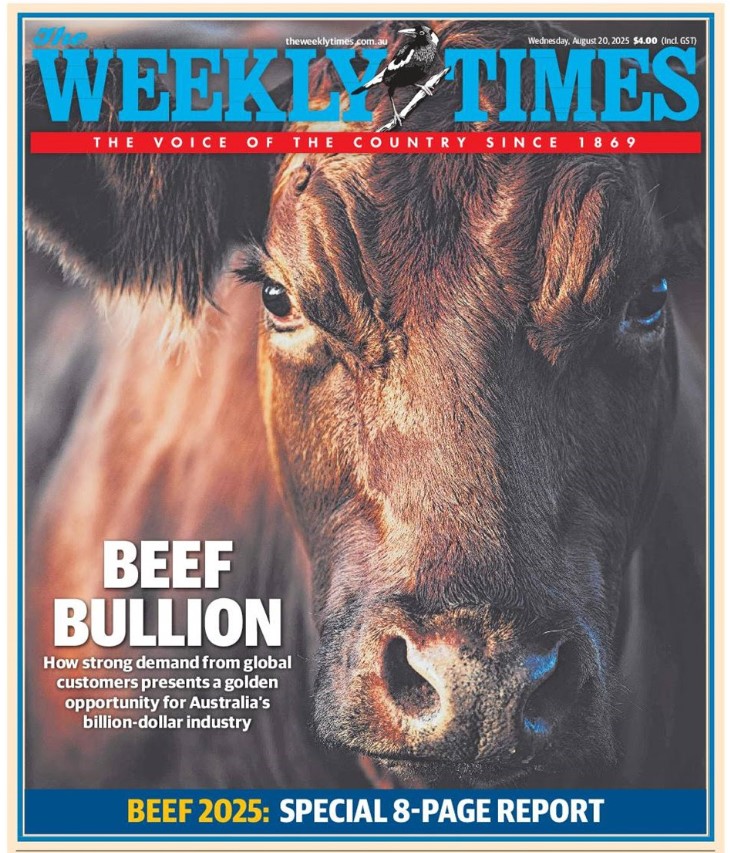Feed efficiency is one of those traits that quietly transforms a herd—but it takes time, investment, and persistence to see the results. The Weekly Times 2025 Beef Guide recently featured Te Mania Angus farm manager Edward Gubbins talking about our ongoing feed efficiency research, highlighting just how crucial this work is for both profitability and sustainability in the beef industry. You can read the article here.
The journey to improve feed efficiency isn’t new, but it has been a “slow burn” in Australia. Jon Wright from Coota Park Blue-E, near Woodstock NSW, has been testing bulls for feed efficiency for 28 years—one of the longest-running programs in the world. Jon’s approach focuses on the source of emissions, rather than quick fixes like solar panels. By investing in feed efficiency testing, he has reduced feed usage by 20% and improved herd performance by 15–20%.
Jon manages a diverse herd of Angus, Shorthorn, and Simmental cattle, using Bos indicus genetics to suit northern markets and maintain genetic diversity. With eight feeders testing ten bulls each, his operation could handle up to 240 bulls a year. His approach is practical: “The relationship between an animal, how much it eats and how much methane it produces is just about a straight line.”
You can hear more from Jon in Te Mania Angus’ RawAg podcast, Episode 30, where he shares insights on net feed intake, production efficiency, and reducing environmental impact. Listen to the episode here.
At Te Mania Angus, we have tested around 1,000 animals across two bull cohorts, capturing data to identify sires with both feed efficiency and strong carcass traits. Edward Gubbins explains that understanding feed efficiency is more than just cutting costs—it’s linked to environmental outcomes: “Net feed intake and its relevance to emissions is a double-edged sword.”
Feed efficiency remains a slow but important adoption in the Australian beef industry. With greater collaboration among seedstock producers, feedlots, and research groups, the potential for improving profitability, reducing emissions, and strengthening herd genetics is enormous.
For breeders and commercial producers alike, the message is clear: investing in feed efficiency today pays dividends for profitability and sustainability tomorrow.

